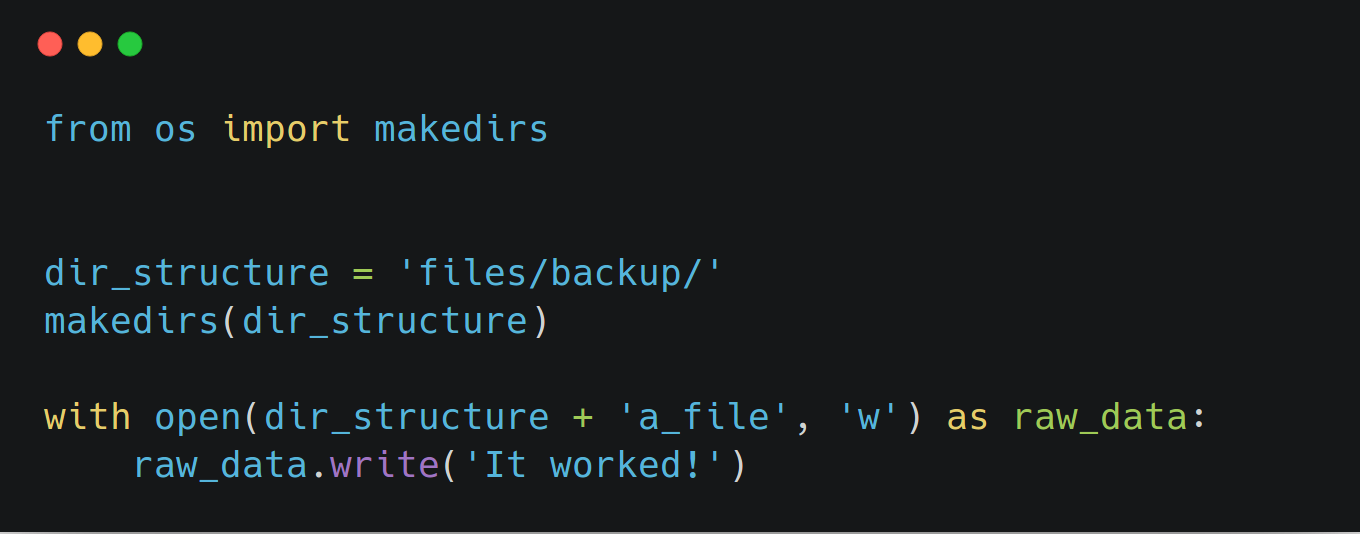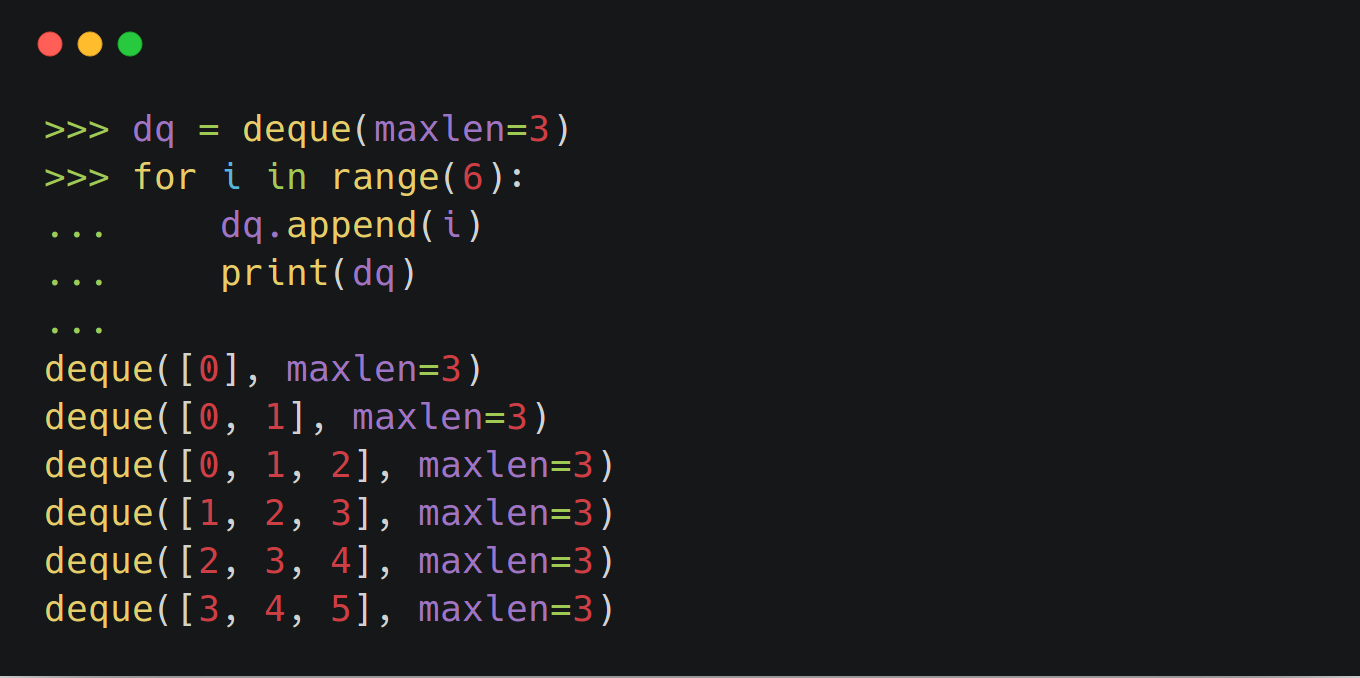
Create Multiple Directories With Makedirs in Python
You don’t need a bunch of if’s and else if’s to create an array of directories in python, just the good ol’ makedirs. Create an array of directories To create an array of directories you must import the package os and import the method makedirs >>> from os import makedirs >>> makedirs('1/2/3/4/5') You’ll see now that your directories are created correctly, let’s run the command tree outside of python to see if they’re were actually created....

